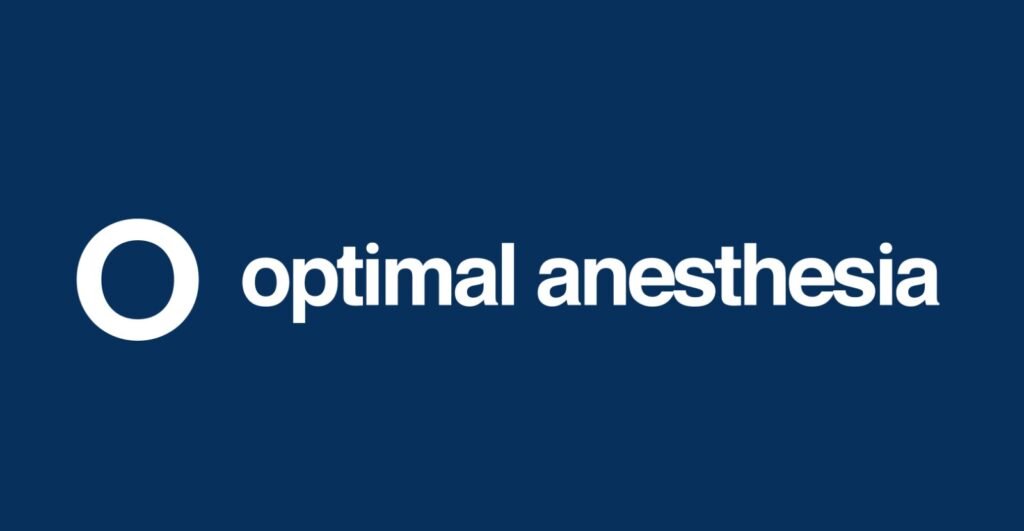Introduction
The field of pharmacokinetics, the study of how drugs interact with the human body, has undergone significant advancements since the mid-20th century. This article explores key milestones and innovations in the understanding of pharmacodynamics and pharmacokinetics, particularly within the context of anesthesia. From the early correlations of EEG with sedative effects to the latest developments in precision medicine, these advancements have revolutionized the practice of anesthesiology.
- Correlation of EEG with Nitrous Oxide (1949)
In 1949, Faulconer et al. made a groundbreaking discovery by correlating the electroencephalogram (EEG) with the sedative and anesthetic effects of nitrous oxide. This marked a crucial step in understanding the pharmacodynamics of anesthetics.
- Thiopental Pharmacokinetics Simulation (1960)
In 1960, Price simulated the pharmacokinetics of thiopental, shedding light on how drugs distribute and eliminate from the body. This laid the foundation for more complex pharmacokinetic studies.
- Invention of MAC and Extended Simulation (1963)
In 1963, Eger extended the simulation techniques to inhaled anesthetics and introduced the concept of Minimum Alveolar Concentration (MAC). This innovation allowed for the quantification of anesthetic potency.
- Population Pharmacokinetics (1972-1997)
Sheiner and Rosenberg pioneered the use of computer models to predict pharmacokinetics in individuals, leading to the development of the population principle. This principle became instrumental in tailoring drug dosages for diverse patient populations.
- Effect Site Concept (1978)
Hull introduced the effect site concept in 1978, providing a more comprehensive understanding of how drugs affect the body over time.
- NONMEM and Parameter Estimation (1978-1986)
Sheiner and Beal developed methods for estimating parameters controlling drug behavior and created the Nonlinear Mixed-Effects Model (NONMEM). This software allowed for the estimation of population pharmacokinetics, enhancing drug dosing precision.
- Target Controlled Infusion (TCI) (1980s)
Schwilden and Stoeckel devised the target-controlled infusion system, enabling precise maintenance of target drug concentrations, particularly in anesthesia.
- EEG Spectral Edge and Response to Stimulation (1983-1995)
Rampil related EEG “spectral edge” to the response to noxious stimulation, offering valuable insights into monitoring patient responses during surgery.
- Algorithms for Target Concentrations (1990s)
Shafer developed algorithms for targeting both plasma and effect site concentrations, a critical step in improving the safety and efficacy of drug administration.
- Context-Sensitive Half-Time (1991)
Hughes et al. defined the concept of the context-sensitive half-time, a parameter crucial for understanding drug kinetics in varying clinical scenarios.
- Remifentanil Kinetic-Dynamic Model (1992-2001)
Glass and Sebel applied Sheiner and Beal’s concepts to develop the Minto kinetic-dynamic model for remifentanil, which is now widely used for TCI of this potent analgesic.
- Muscle Relaxant Dose-Effect Model (1990s)
Fisher et al. created a dose-effect model for muscle relaxants that did not rely on plasma concentration measurements, simplifying clinical practice.
- Population Pharmacokinetic Analysis (1996-2007)
Sheiner demonstrated that population pharmacokinetic analysis could be conducted with incomplete data. He proposed that a single clinical trial, combined with causal evidence of effectiveness, could justify drug approval.
- The “Getting the Dose Right” Concept (2005)
Stanski emphasized the importance of precise dosing, coining the phrase “Getting the Dose Right” to underscore the significance of accurate drug administration.
- The Schnider Model and TCI for Critically Ill Patients (1989-1999)
The Stanford group, led by Schnider, developed a pharmacokinetic-pharmacodynamic model of propofol, considering age and gender as covariates. This led to the development of TCI for sedating critically ill patients.
- Response Surface Methods and Drug Interactions (1998-2004)
Minto and the Stanford team initiated response surface methods to characterize drug interactions, including context-dependent time courses, providing valuable insights for combination therapies.
- Front End Pharmacokinetics (1994-2005)
Henthorn, Avram, and Krejcie demonstrated that accurate initial drug dosing required consideration of “front end” pharmacokinetics, ensuring the safety and efficacy of drug administration.
- Precision Medicine and Pharmacogenomics (2000s-2020)
Advancements in pharmacogenomics have enabled personalized drug dosing based on individual genetic variations. This approach has enhanced patient safety and optimized drug efficacy.
Conclusion
The evolution of pharmacokinetics and its applications in the field of anesthesia has been a journey of remarkable scientific discovery and innovation. From early EEG correlations to sophisticated computer modeling, target-controlled infusion systems, and precision medicine, these advancements have greatly improved patient safety and outcomes in the world of anesthesia. The journey continues as researchers and clinicians strive to refine drug administration techniques and further our understanding of drug behavior in the human body to provide the best possible care for patients.


